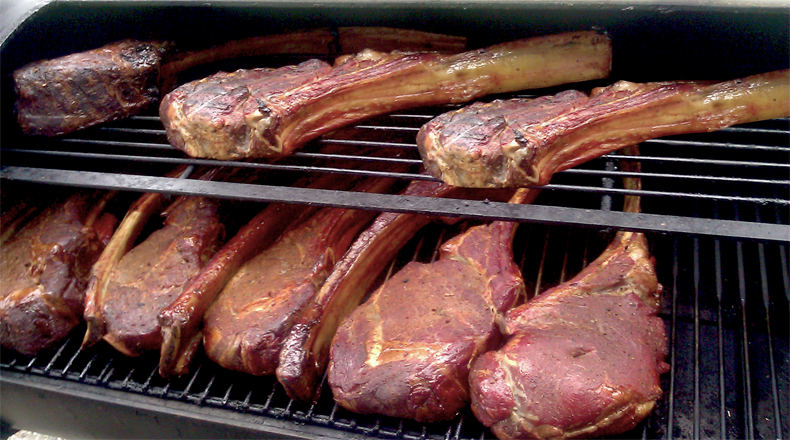

Despite Colorado's ban going into effect last June, five schools - all with the Native Thunderbird symbol - were considered "out of compliance" as of last month. Now the school is known as the Lamar Thunder. Last year, for example, the Colorado Commission of Indian Affairs forbade Lamar High School from continuing to use the term "Savage" for its mascot after the school initially failed to comply with a state ban. The vote in New York is one of a handful of such victories for the National Congress of American Indians, which has been at the forefront of the mascot fight that has been gaining steam in recent years. Schools that don't comply risk losing their state funding. In New York state, where 55 school districts and 12 high schools on Long Island have Native American-themed logos and mascots, the state's Board of Regents voted Tuesday that they must be retired by 2025 unless schools get approval from a recognized Native American tribe to keep them. Those objections have prompted efforts to do away with Native American mascot names in several states, with proposals introduced in at least 21 states, according to the National Congress of American Indians, or NCAI. A study that year by researchers at the University of Michigan surveyed Native Americans "who frequently engage in tribal or cultural practices." Of those polled, 70% said that sports fans wearing chief headdresses was offensive, while 73% said the same of sports fans imitating Native American dances. Self-identified Native Americans made up just 1.1% of the U.S.

#FLEMINGS TOMAHAWK TUESDAY PROFESSIONAL#
"I mean, really kind of vicious battles."īetween the controversy among professional teams and the high schools, "I see more similarities than differences, except that we don't have the high-profile national media covering it," he says. "These things are firestorms at the local level," says Michael Lewis, a professor of marketing at Emory University whose work focuses on sports.

Mascots are causing "firestorms at the local level" And while some states have moved to ban such imagery outright, calling it offensive and out of touch, efforts to do so have also met intense resistance by supporters who say the team names are central to the traditions and identity of their communities. In 2020, the website put the count at more than 1,200 high schools. "The mascot imagery just continues to perpetrate and reinforce colonial white supremacist ideas and as a barrier for new opportunities for dialogue and education," says Michael Johnson, chief strategy officer of IllumiNative, a national, Native woman-led racial and social justice organization based in Tulsa, Okla. that continue to use Native American-themed mascots and logos. While public backlash against Native American stereotypes has pushed professional sports teams in Washington, D.C., and Cleveland, Ohio, to change their names, there remain countless high schools across the U.S.
#FLEMINGS TOMAHAWK TUESDAY PRO#
Belmont Mayor Pro Tem Richard Turner, who introduced the resolution, said the Red Raider represents courage and pride and that he'd "never seen anybody do something disrespectful or inappropriate or dress in Indian headdress or Native apparel." Last year, the Belmont City Council went so far as to approve a resolution in support of the mascot. (The board did not respond to requests for comment for this story.) In the four years since that heated baseball game, the Gaston County School Board has refused to budge. She filmed it and sent a videotape to some like-minded community members on a Facebook page and spoke at local school board meetings calling for the Red Raider mascot to be retired.Įducation New York tells schools to drop Native American mascots But the display at the baseball game was the last straw, she says. Of course Gaither, who had been living in North Carolina for some three decades, was aware of the South Point mascot. It wasn't long before all of the most cliched Native American caricatures and stereotypes came out, she says: the hand-over-mouth war whoop, the "tomahawk chop" and "twirling around in a circle like a war dance." The mother of three, who grew up in the Seattle area and traces her ancestry to the Cowichan tribe of the Pacific Northwest, was there to see her son on the field for South Point High in Belmont, N.C., "Home of the Red Raiders."Īs the game got heated, so did the taunts from fans for the rival school, Stuart W.

It was at a high school baseball game in 2019 that Becky Gaither's quiet resentment was transformed into action. The school changed its nickname in 2021 to "The Redhawks." Lemiley Lane, who grew up in the Navajo Nation in Arizona, walks along the Bountiful High School campus during her junior year in 2020 in Bountiful, Utah.


 0 kommentar(er)
0 kommentar(er)
